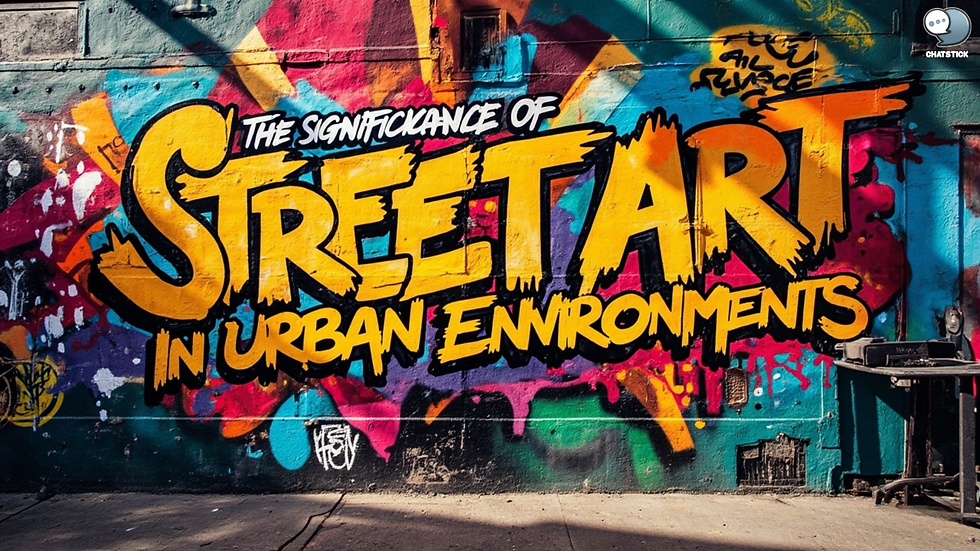The future of digital art and its preservation
- ChatStick For Brand
- May 9, 2023
- 2 min read
Digital art has revolutionized the world of art in recent years, allowing artists to express their creativity in new and exciting ways. With advancements in technology, digital art has become increasingly sophisticated, offering artists more tools and techniques than ever before. However, with the rise of digital art, comes the challenge of preserving it for future generations. In this article, we will explore the future of digital art and its preservation.
The Rise of Digital Art
Digital art refers to any art created using digital technology. This can range from computer-generated images to digital paintings, animations, and virtual reality experiences. The rise of digital art can be attributed to advancements in technology, which have enabled artists to create art in new and innovative ways.
One of the biggest advantages of digital art is the ability to make changes and revisions quickly and easily. Unlike traditional art forms, digital art can be edited and manipulated without damaging the original piece. This has opened up new possibilities for artists to experiment and explore their creativity.
The Future of Digital Art
As technology continues to advance, the future of digital art looks bright. Virtual reality and augmented reality technologies are opening up new possibilities for digital art. These technologies offer new ways for artists to create immersive experiences that engage the senses in ways that traditional art forms cannot.
Another exciting development in the future of digital art is the emergence of blockchain technology. Blockchain technology allows artists to create unique digital assets that can be tracked, verified, and authenticated. This offers a new level of protection and value for digital art, making it more secure and valuable than ever before.
Preserving Digital Art
While digital art offers many advantages, one of the biggest challenges is preserving it for future generations. Unlike traditional art forms, digital art is inherently fragile and can be easily lost or damaged due to technological obsolescence, hardware failure, or software compatibility issues.
To preserve digital art, it is important to create a comprehensive preservation strategy that takes into account the unique challenges of digital art. This includes developing standards for file formats, storage, and metadata, as well as ensuring that digital art is backed up and regularly maintained.
In addition to technical preservation, it is also important to consider the legal and ethical aspects of preserving digital art. This includes issues around copyright, ownership, and access. As digital art becomes more valuable and widely recognized, these issues will become increasingly important.
Conclusion
The future of digital art looks bright, with new technologies and tools opening up new possibilities for artists to explore their creativity. However, as digital art becomes more prevalent, it is important to consider how it will be preserved for future generations. By developing comprehensive preservation strategies that take into account the unique challenges of digital art, we can ensure that these valuable and important works of art are preserved for future generations to enjoy.






Comments